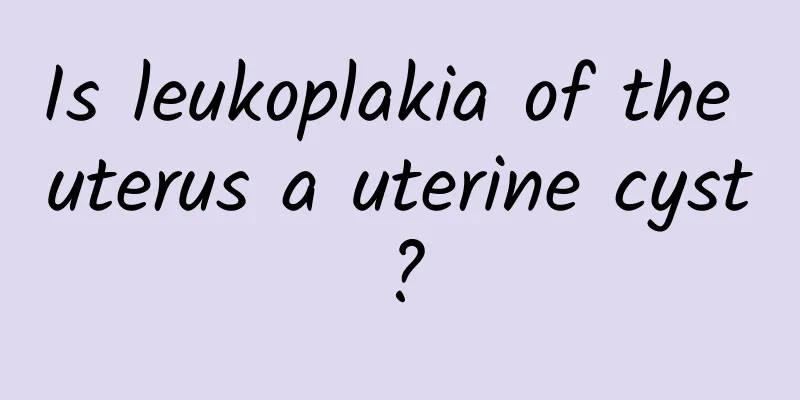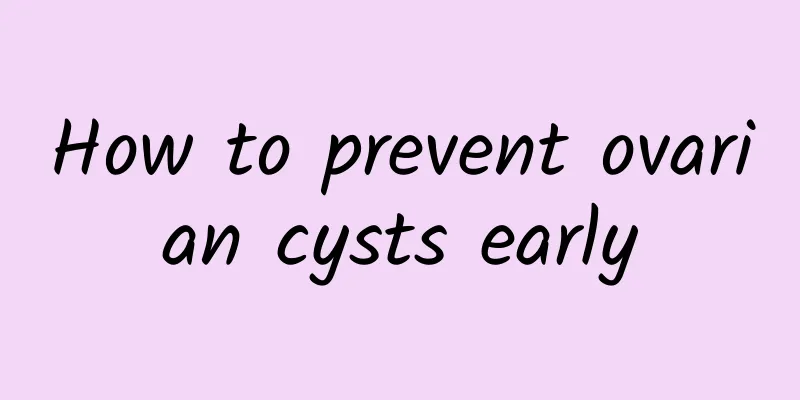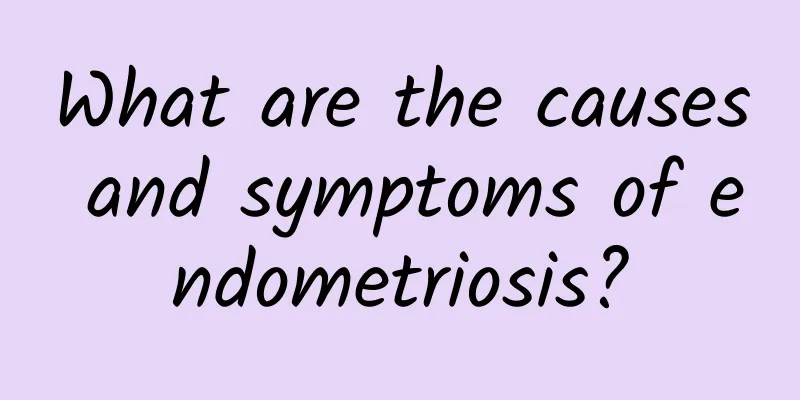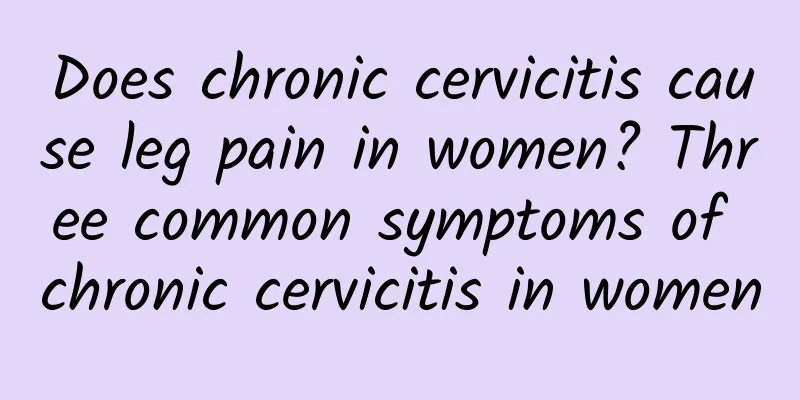Is leukoplakia of the uterus a uterine cyst?

|
Uterine leukoplakia is not a uterine cyst. The two are different types of gynecological diseases with different causes, symptoms and treatments. 1. The causes of uterine leukoplakia and uterine cysts are different. Uterine leukoplakia is a white patch that appears on the cervix or vaginal wall mucosa, which may be related to chronic inflammation, local tissue damage or malnutrition. Uterine cysts are cystic lesions formed in the uterus or on the uterine wall, which are common in uterine fibroid degeneration, endometriosis or abnormal hormone levels. 2. The symptoms of uterine leukoplakia and uterine cysts are different. Uterine leukoplakia may be accompanied by local itching, pain or abnormal secretions, which may affect the quality of life in severe cases. The symptoms of uterine cysts include irregular menstruation, lower abdominal pain or discomfort during sexual intercourse, and larger cysts may compress surrounding tissues. 3. Treatments for leukoplakia of the uterus include topical medications such as anti-inflammatory ointments, laser therapy or local cryotherapy. In severe cases, surgery is required to remove the diseased tissue. The treatment of uterine cysts depends on the type and size of the cysts. Small cysts can be observed and followed up, while larger cysts require surgical removal, such as laparoscopic surgery, endometrial resection or hysterectomy. 4. In terms of prevention, leukoplakia of the uterus requires personal hygiene, avoiding excessive cleaning and the use of irritating chemicals. Regular gynecological examinations can help early detection. The prevention of uterine cysts emphasizes maintaining hormone balance, avoiding long-term excessive stress, and moderate exercise and a balanced diet can also help reduce the risk of disease. Although both uterine leukoplakia and uterine cysts are common gynecological diseases, their causes, symptoms and treatments are significantly different and need to be diagnosed and treated according to specific circumstances. Timely medical treatment and scientific management are the key to preventing and controlling these two diseases. |
<<: How to treat abnormal leucorrhea with foul odor
>>: Will endometriosis get better after cesarean section?
Recommend
What are the complications of irregular menstruation?
There are many causes of irregular menstruation, ...
The preventive measures for pelvic inflammatory disease should be taken seriously
In life, many people do not fully understand the ...
Approximate hospitalization costs for excision of cervical precancerous lesions
Cervical cancer, when people hear these words, th...
Survey: Half of Chinese people are overweight, exercise is the best strategy
Be careful! 1 in 2 people is overweight! A domest...
Will women get vaginitis if they wipe with paper after urinating? What are the common causes of vaginitis?
Some time ago, I met a girl in her early 20s in t...
To build six-pack abs, is it right to take a lot of high-protein supplements after exercise? Without sugar, the effect is halved!
Chinese people are crazy about fitness. In order ...
Turmeric has 6 amazing benefits: antioxidant, anti-inflammatory, weight loss and heart protection!
Curcumin is an ancient spice that has been widely...
What are the causes of adnexitis?
In the female internal reproductive organs, the f...
How long does it take to detect intrauterine and ectopic pregnancy?
How long does it take to detect intrauterine and ...
How to rinse after releasing the erosion suppository? Teach you how to use it
There is no need to rinse after placing the suppo...
Why does cervical hypertrophy recur after treatment?
Cervical hypertrophy is a type of cervicitis and ...
What to do if adenomyosis causes bleeding after pregnancy
What about bleeding after pregnancy with adenomyo...
What should I do if my menstrual flow is small and my lower abdomen hurts with blood streaks and blood clots?
What should I do if my menstrual flow is small an...
Experts introduce the prevention methods of pelvic inflammatory disease
Patients with pelvic inflammatory disease all kno...
Breaking down the key causes of pelvic inflammatory disease
Clinically, many people do not understand the cau...









